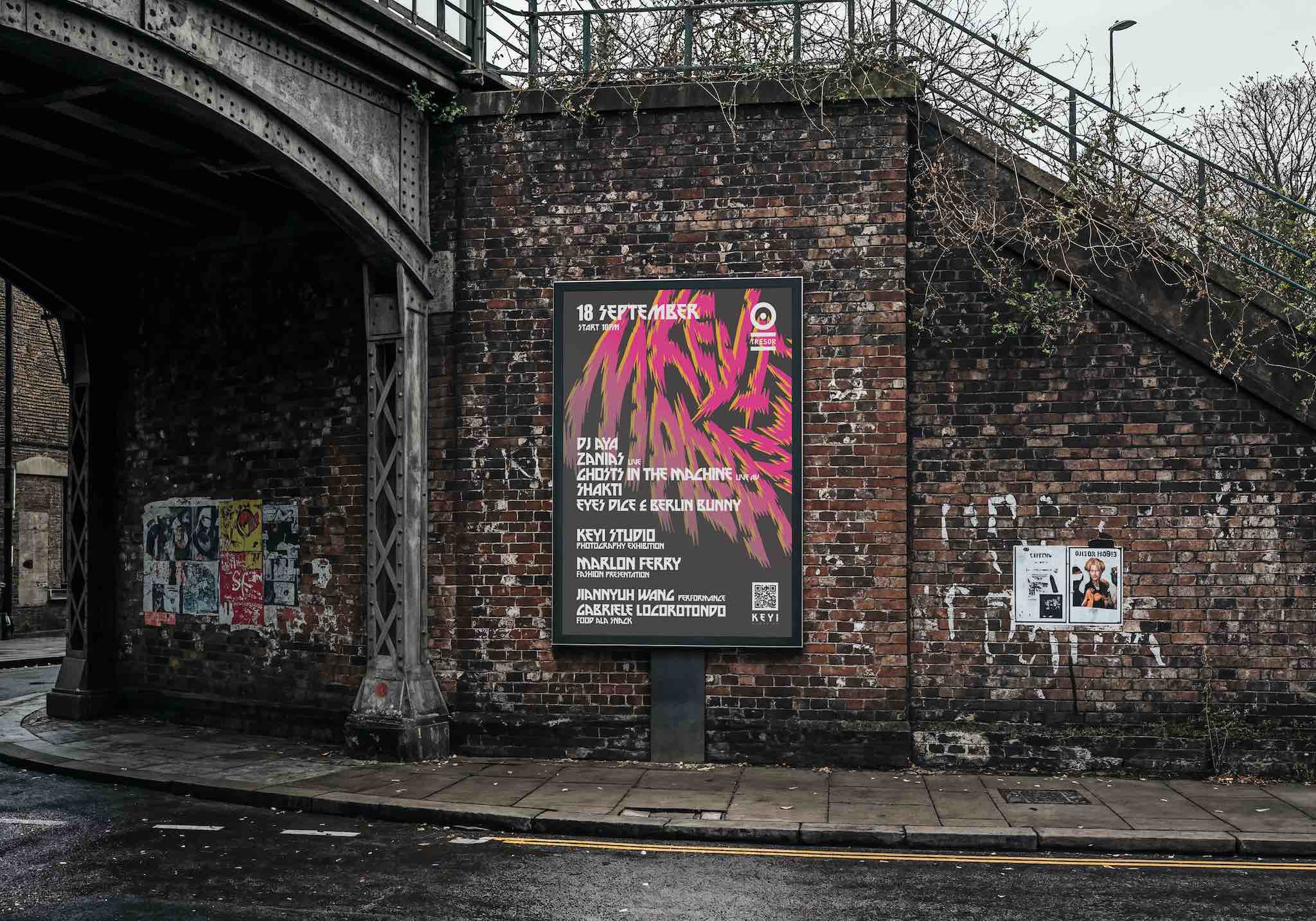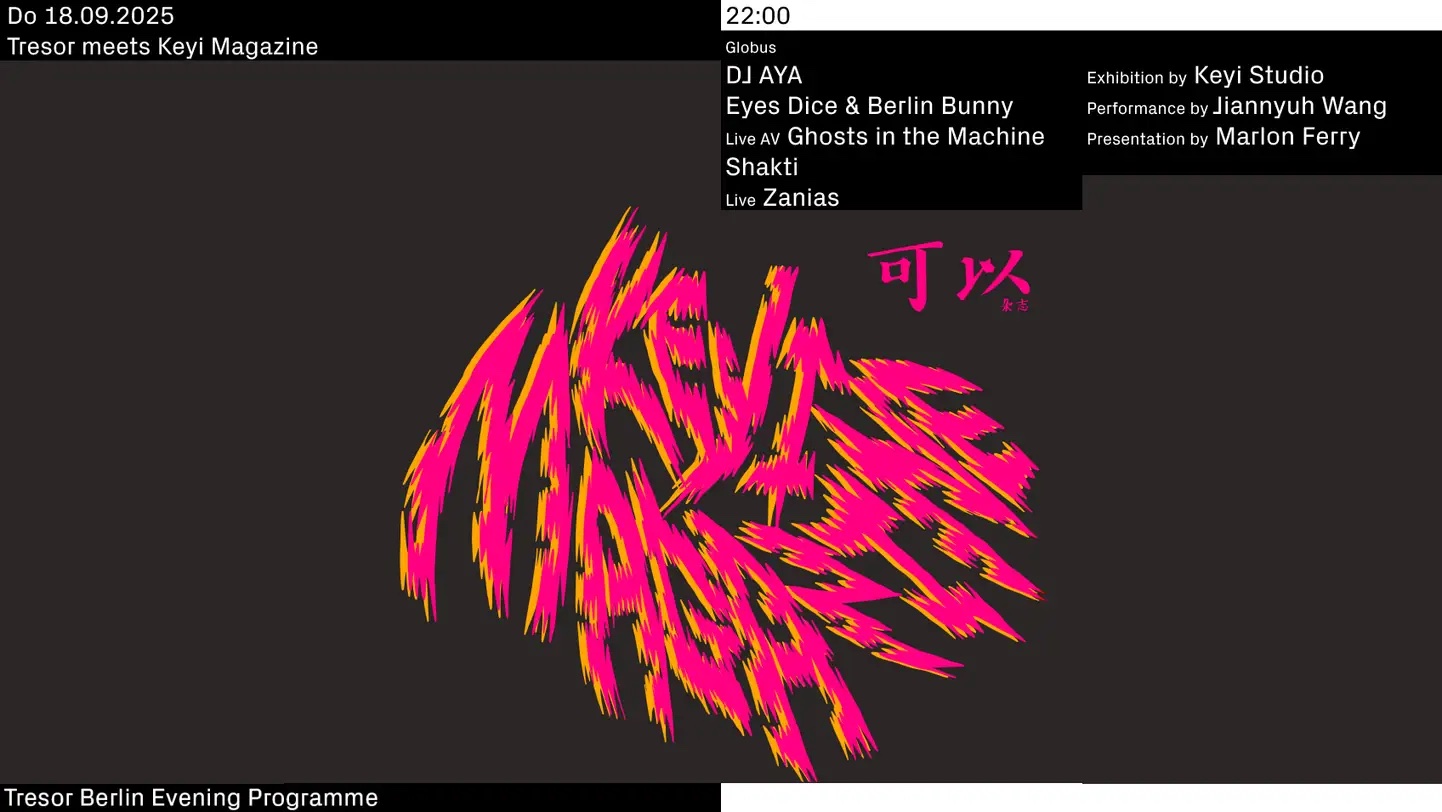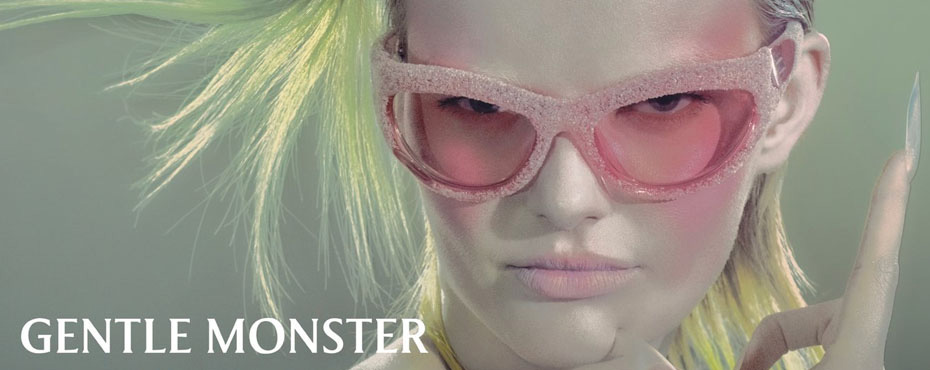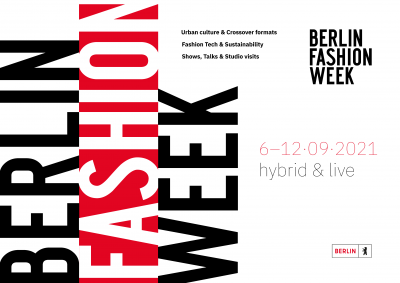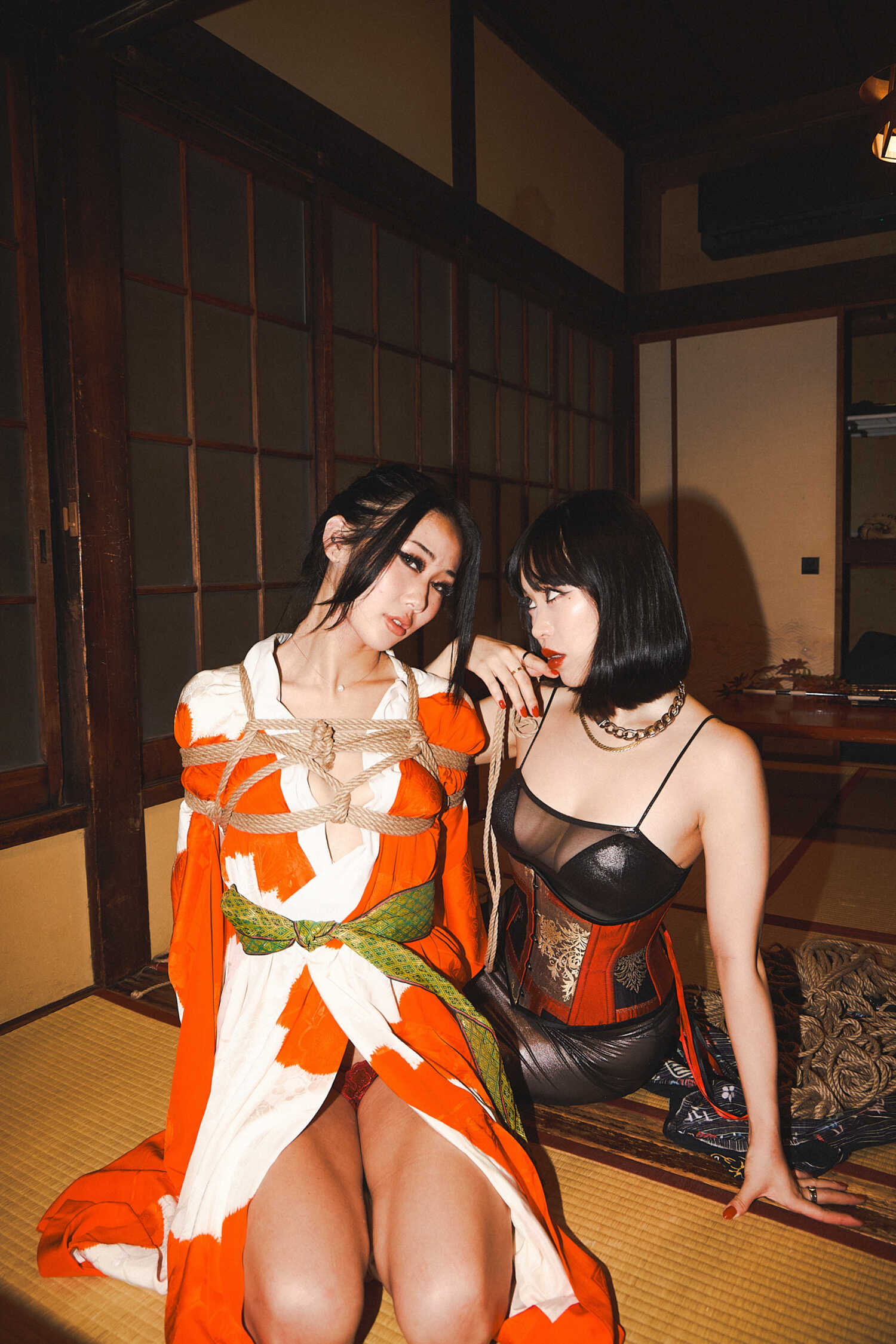
In the heart of Tokyo, a new generation Shibari artist, BENI, is reshaping the ancient Japanese rope practice into something intimate, transcultural, and deeply human. Merging tradition with contemporary expression, BENI’s work explores Shibari not as bondage, but as a language of connection — where each knot becomes a mark of trust, and every rope movement traces the passage of time between bodies.
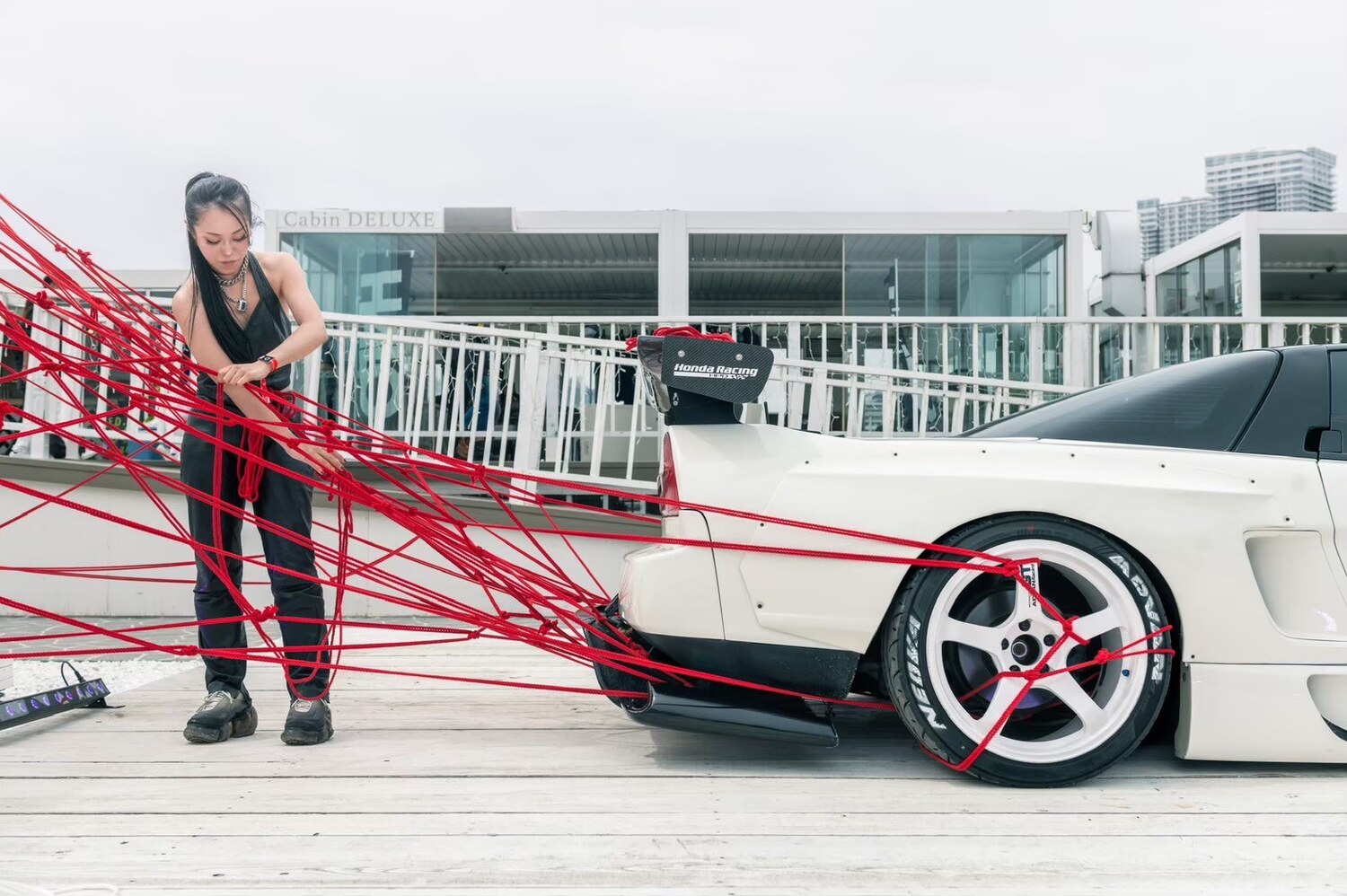
We chat with Beni about her upcoming event in Berlin and more
Hey dear, so nice to have you in our community! Could you introduce yourselves?
BENI, a new generation Shibari artist based in Tokyo, dedicated to reimagining the Japanese art of Shibari through crossover with diverse cultures.

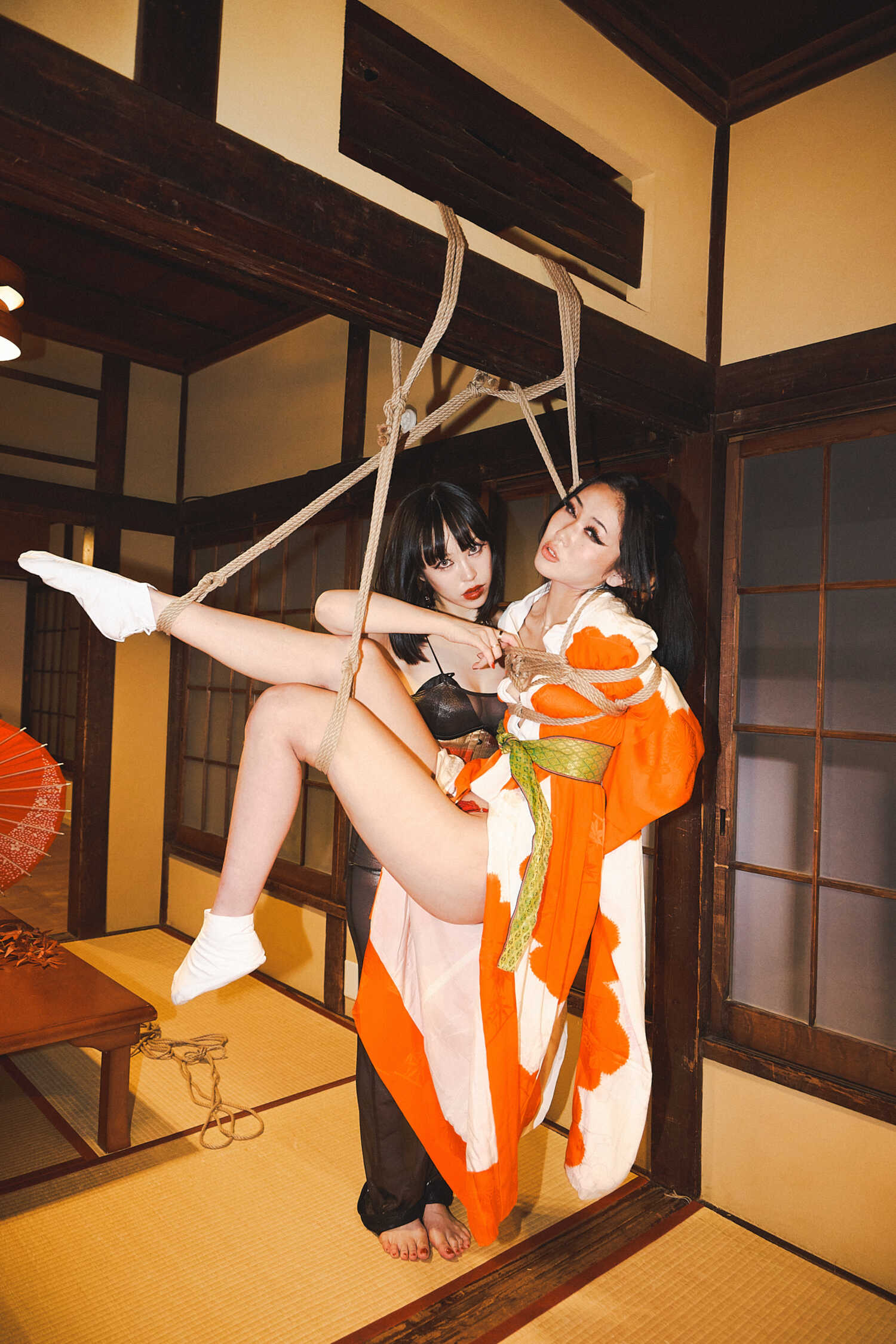
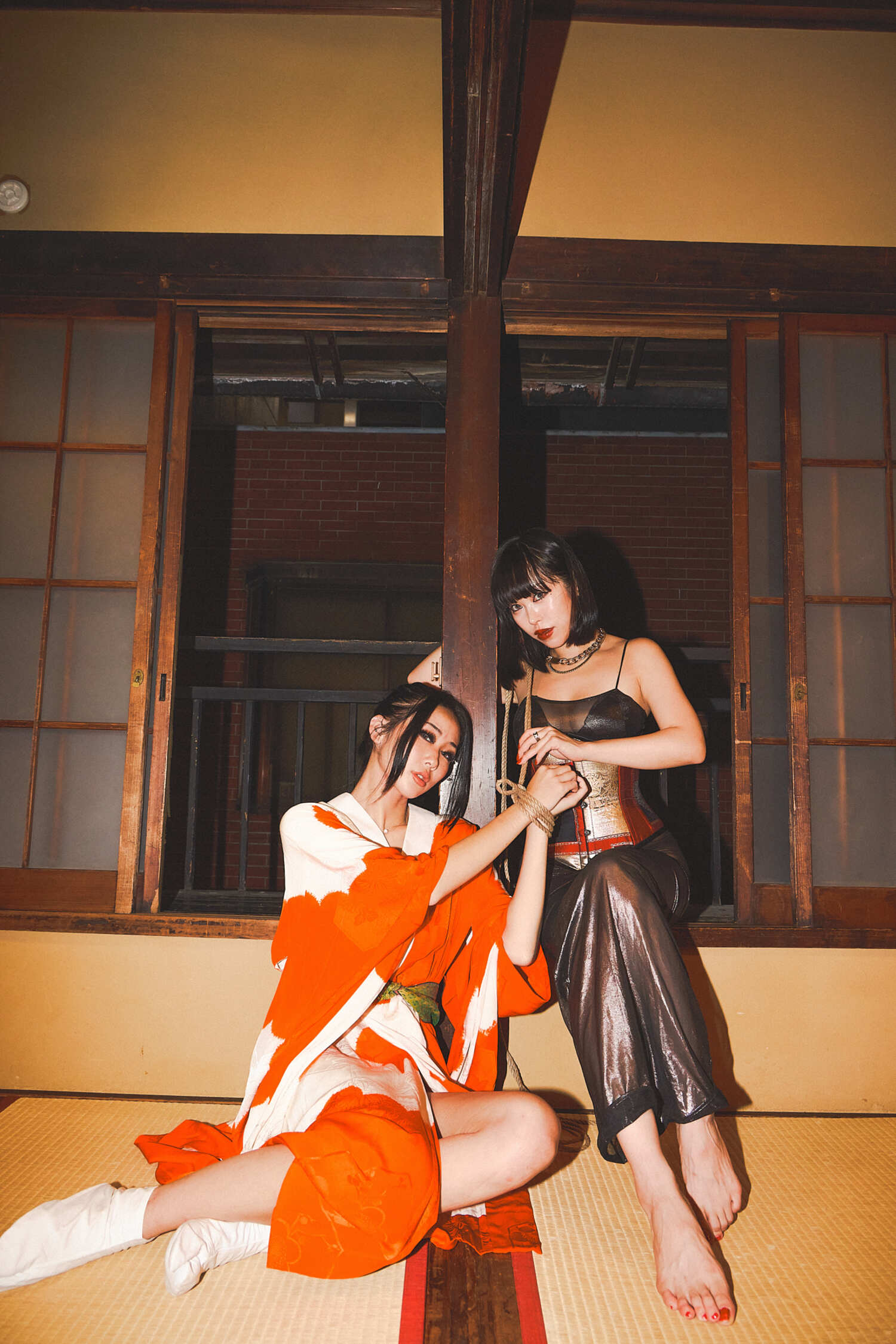
For us, Shibari is a way of expressing human connection and the passage of time each knot symbolizing the trust that is gradually woven between people. While honoring tradition, we seek to create new aesthetic values and continue to share them with audiences in Japan and around the world.
You’re about to perform at our collaborative event at ART/PLATTE — could you share a bit about how you’ve been preparing?
We exchange ideas and aesthetics with photographer Shuto, and the creative process truly begins as we start building it on site.
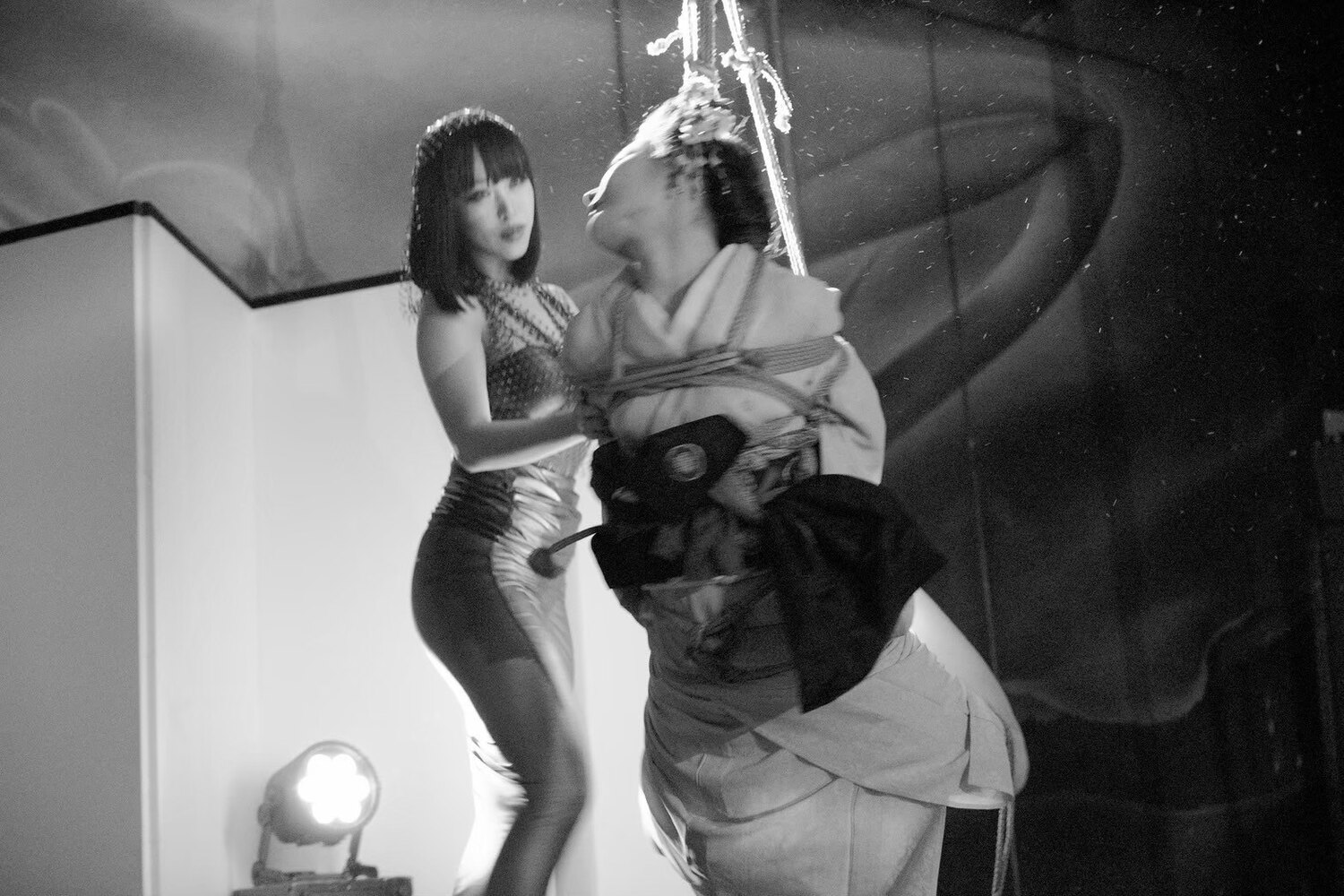
You’ve said that Shibari isn’t about bondage, but about surrender. Can you speak to what surrender means to you, both in your personal practice and in performance?
My practice of Shibari is founded on trust. Rather than carrying the nuance of restraining or binding, it feels more like reaching out with ropes as an extension of my hands to create connection. Opposing forces are always present side by side — the suppression of life and its release. When one surrenders to a state of constraint, perhaps it is there that true freedom can be discovered.
How do you prepare — physically, emotionally, spiritually — before a performance like this?
Before a performance, I often begin by preparing my mind. I open the box of emotions I carefully keep in my daily life and take time to face them alone. Writing is a form of meditation for me, so I put my thoughts down in a notebook. As for the physical aspect this time, I plan to adjust intuitively after arriving on site and feeling the atmosphere.
You performed with model Remi and sound artists KIKU and FAE (SENSEU). How did this collaboration come together? What does sound bring to your work?
I first met model Remi in Tokyo, and was deeply moved by the beauty of her sensibility. I felt it was an essential element for this performance, which is why I chose to collaborate with her. I met KIKU by chance at a vintage shop in Tokyo, and that encounter led to the connection that made this collaboration possible.
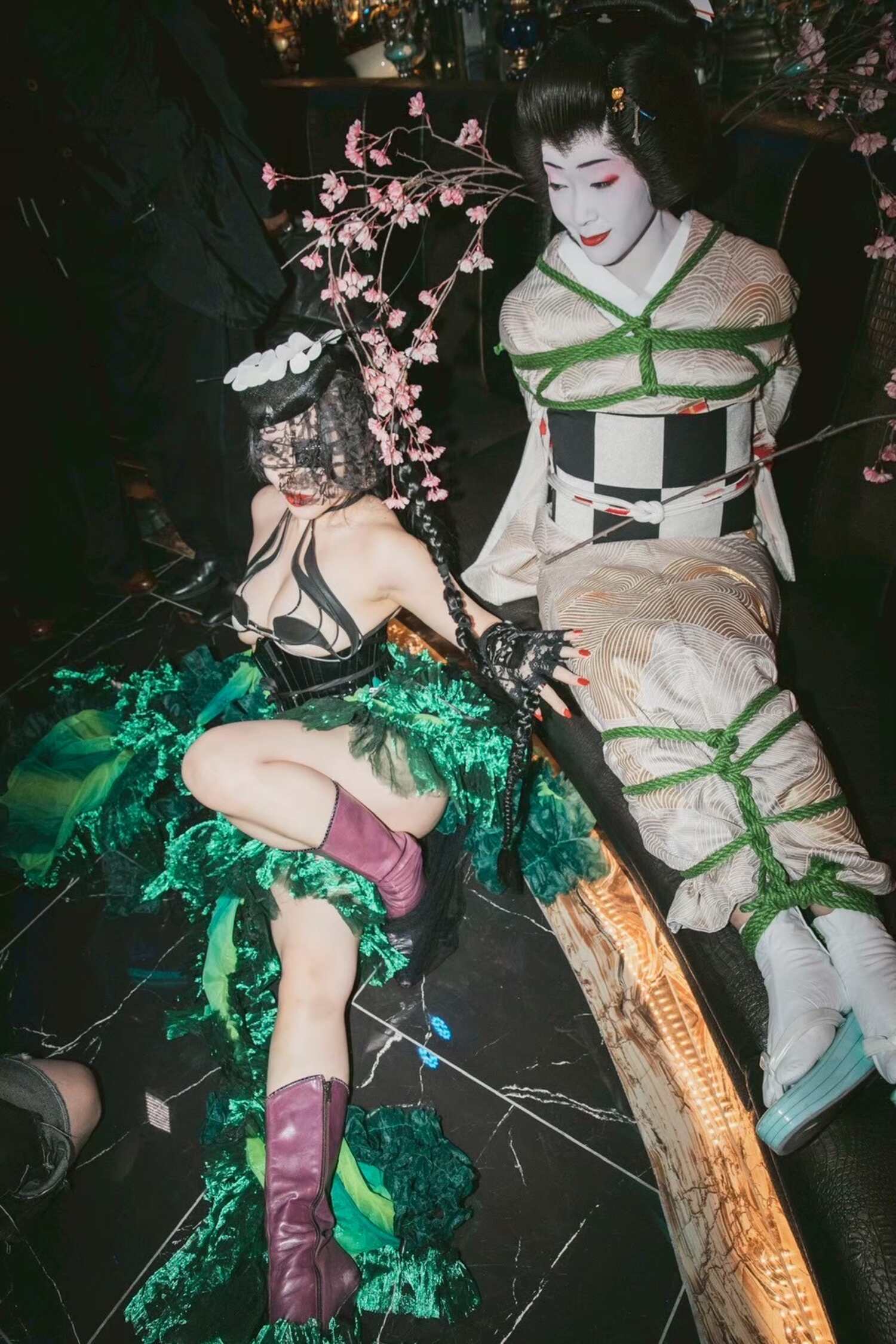
To me, sound is vibration something that defines and shapes the space. It becomes a key that allows us to enter the spiritual realm more easily. By sharing the same vibes with everyone in the venue, I hope each person can feel and create a precious moment of their own.
We’d love to hear more about Japanese culture — what are some of the best places to visit or perform?
an acute sense of beauty that extends to the smallest details. Within the reverence for the seasons, for space, and for silence, there is a quiet spirituality. For me, it means being fully present in the here and now discovering freedom within structure, and depth within simplicity.
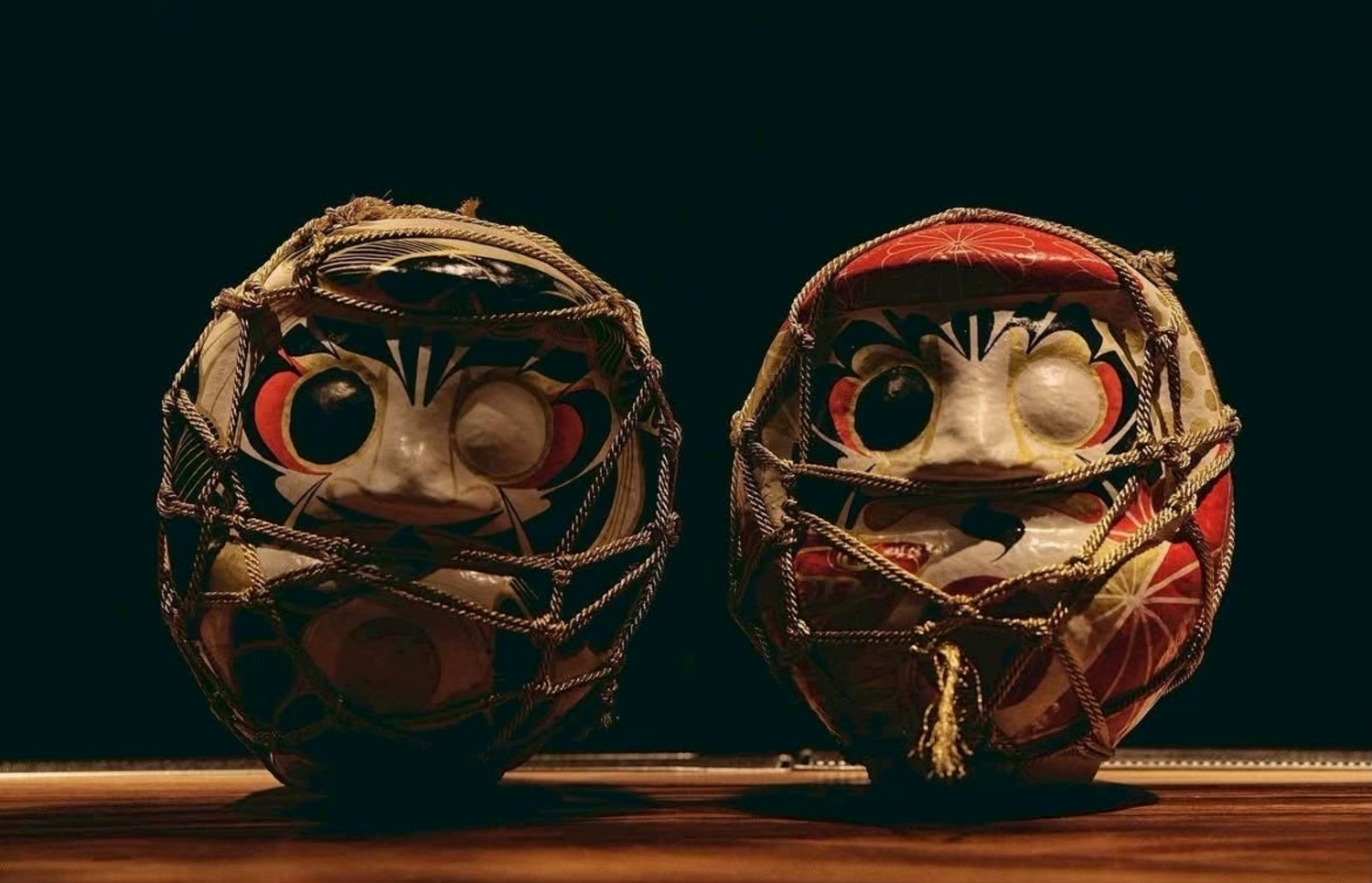
live in Tokyo, a city full of trends and a gathering place for young people. Shibuya, in particular, is a place where you can encounter new cultures and feel inspired. In Japan’s countryside, you can still find beautiful nature and many things that are deeply traditional. Recently, my favorite place has been Awaji Island
If you landed on the moon and could take only one bag, what would you bring with you?
Hemp rope and Red lipstick
more music content here
our next event TRESOR – Berlin – 18.09.25 – get your pre-sale tix
